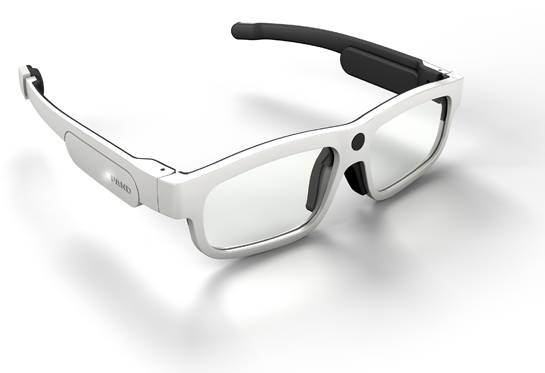 3D is the latest fad in home entertainment it seems, and Panasonic kicked it up another notch Wednesday with the release of the first consumer 3D camcorder. The HDC-SDT750 will retail for $1,399 and would begin shipping in October of this year here in the states.
3D is the latest fad in home entertainment it seems, and Panasonic kicked it up another notch Wednesday with the release of the first consumer 3D camcorder. The HDC-SDT750 will retail for $1,399 and would begin shipping in October of this year here in the states.
The HDC-SDT750 would include a special lens which would record video in 960 x 1080 resolution in versions for the left and right eye. This lens can then be detached to use the camcorder in standard HD, the company said.
Panasonic will ship video editing software with the device, which would allow the 3D video to be saved to DVD or Blu-ray. Users can also choose to play the video back straight from a camcorder on a compatible 3D HDTV via HDMI.
According to reports, for the 3D to work effectively with this camera, Panasonic says the subject would need to be with 1 to 3 meters of the camera. Thus essentially the 3D effect would probably only work for close-ups, rather than using it to film landscapes and the like. In other words, don’t expect to be the Ken Burns of 3D with this thing.
Either way, its somewhat exciting to see 3D becoming available to the consumer, even if it is rudimentary. I guess what remains to be seen is whether 3D itself is just a passing fad akin to other technologies (LaserDisc, anyone?).
 I had a good time last week visiting Tokyo to attend the CEATEC show. Back here in the states, most people don’t know what that is–and I explain that it’s similar to CES and IFA the biggest consumer electronics exhibitions in the U.S. and Europe, respectively. But that doesn’t fully describe CEATEC, which is a smaller show (though still pretty expansive) and focused on the Japanese market rather than a global marketplace.
I had a good time last week visiting Tokyo to attend the CEATEC show. Back here in the states, most people don’t know what that is–and I explain that it’s similar to CES and IFA the biggest consumer electronics exhibitions in the U.S. and Europe, respectively. But that doesn’t fully describe CEATEC, which is a smaller show (though still pretty expansive) and focused on the Japanese market rather than a global marketplace.

 Last year, I attended the IFA consumer-electronics megaconference in Berlin. The exhibitions of the big manufacturers were utterly dominated by 3D TVs. All that blurry 3D hurt my eyeballs, put me in a bad mood, and prompted
Last year, I attended the IFA consumer-electronics megaconference in Berlin. The exhibitions of the big manufacturers were utterly dominated by 3D TVs. All that blurry 3D hurt my eyeballs, put me in a bad mood, and prompted 
 Progress–to swipe an
Progress–to swipe an  Still, like any nascent technology, 3D has its rightful place amongst competitors in our
Still, like any nascent technology, 3D has its rightful place amongst competitors in our  Panasonic has barely announced the
Panasonic has barely announced the 

 Special pre-Apple WWDC edition:
Special pre-Apple WWDC edition: